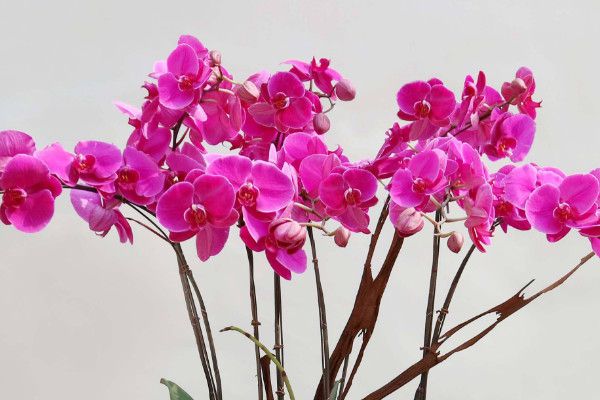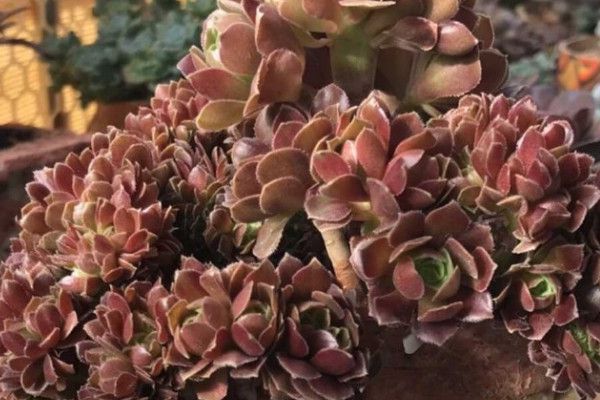Is Phalaenopsis poisonous indoors?

Phalaenopsis is non-toxic when raised indoors. Phalaenopsis itself is non-toxic, is a relatively common family breeding ornamental plant, belongs to the orchid family Phalaenopsis, there are more than 100 varieties, like the scattered light is more sufficient environment, not resistant to waterlogging, the soil should be kept slightly dry, not resistant to low temperature, the ambient temperature should not be too low.
Is Phalaenopsis indoors poisonous?
1. No poison
Phalaenopsis raised indoors is non-toxic, and this plant has no toxic substances that will poison the human body. Phalaenopsis belongs to the genus Phalaenopsis of Orchidaceae. Phalaenopsis is a very common ornamental plant cultivated in the family. The flowers are bright, delicate and eye-catching when they bloom. Indoor culture can better regulate the state of the plants.
2. Watering control
In indoor Phalaenopsis cultivation, watering control is a more important link, this kind of plant is not resistant to waterlogging, but also likes the more humid environment, so when watering it, we should pay attention to keep the soil slightly moist, not over-watering, do not leave stagnant water, spray can be used to maintain humidity when the climate is dry.
3. Lighting control
Phalaenopsis needs enough light to grow healthily and vigorously, so it is best to place the plant in a place such as a windowsill so that the plant can receive sufficient light to carry out photosynthesis. however, when the sun intensity is too high and the light intensity is too high in summer, it should be shaded in time to avoid exposure.
4. Temperature control
Phalaenopsis is very intolerant of severe cold and low temperature. when maintaining this kind of plant, it is necessary to ensure that the ambient temperature is not less than 15 degrees Celsius, it is best to maintain between 20 and 30 degrees Celsius, and do a good job of keeping the plant warm and cold in winter, otherwise the plant will be frozen for a long time in the environment below 15 degrees Celsius.
Related
- Fuxing push coffee new agricultural production and marketing class: lack of small-scale processing plants
- Jujube rice field leisure farm deep ploughing Yilan for five years to create a space for organic food and play
- Nongyu Farm-A trial of organic papaya for brave women with advanced technology
- Four points for attention in the prevention and control of diseases and insect pests of edible fungi
- How to add nutrient solution to Edible Fungi
- Is there any good way to control edible fungus mites?
- Open Inoculation Technology of Edible Fungi
- Is there any clever way to use fertilizer for edible fungus in winter?
- What agents are used to kill the pathogens of edible fungi in the mushroom shed?
- Rapid drying of Edible Fungi



